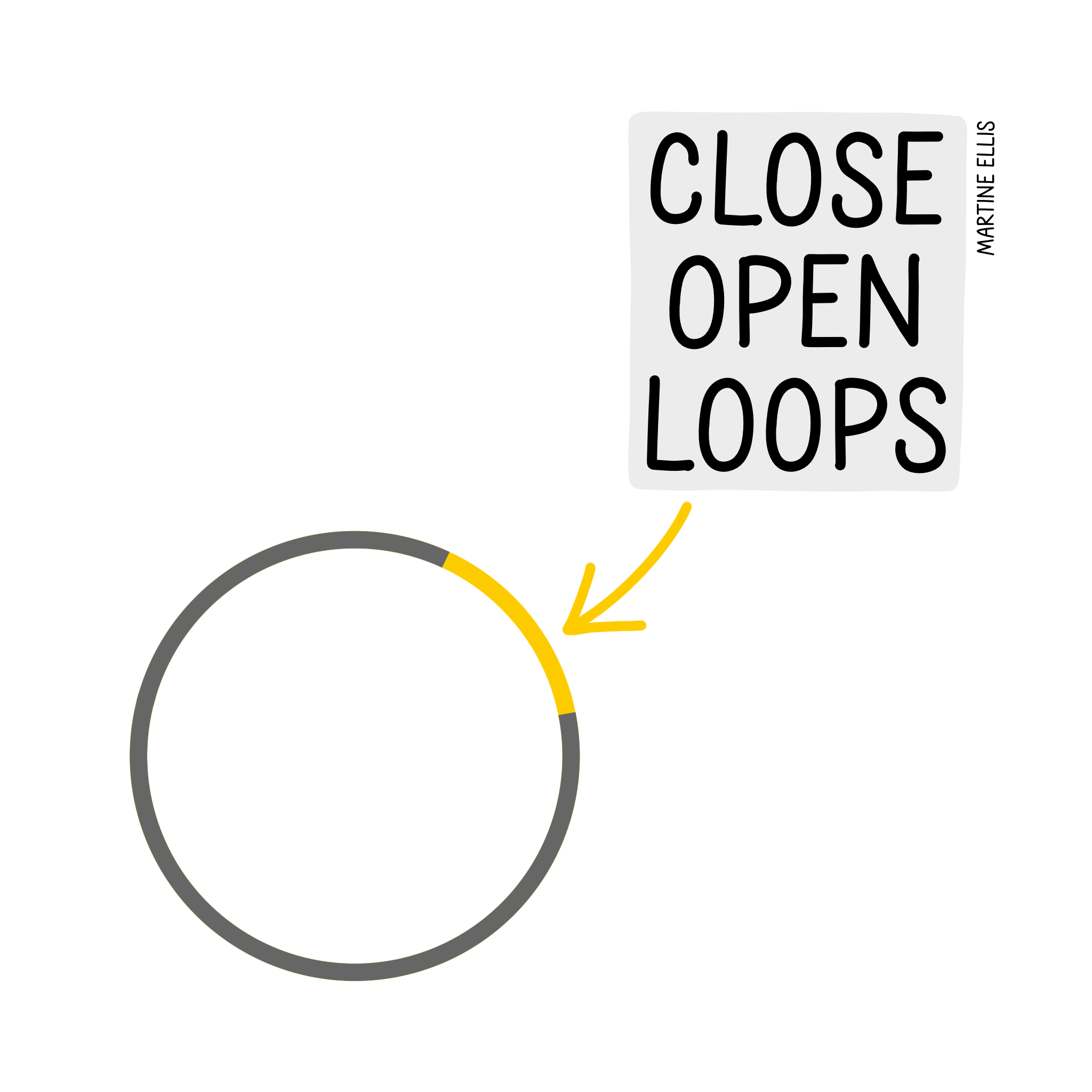Close Open Loops
Do you ever find yourself lying awake, running through tomorrow’s to-do list or worrying about a thing you've forgotten (although you are not quite sure what it is)?
This is often the result of open loops.
Open loops are tasks, ideas, decisions, dates… anything you’re holding in your head instead of capturing somewhere reliable.
They create mental clutter. Over time, that clutter becomes a quiet yet constant source of stress. You’re relying on your working memory to track too much, and it’s not sustainable.
In Getting Things Done, David Allen talks about the importance of a capture process. Getting everything out of your head and into a trusted place , like a notepad or app, and reviewing it regularly so it ends up where it belongs, such as your task list or calendar.
The idea is simple: offload your brain. Let the system do the remembering.
For me, a shutdown routine at the end of the workday helps close those loops. I check what’s outstanding, make a note of where I left off, update my task list, and review my calendar for the next day. It doesn’t mean everything gets done, just that I’m not carrying it all around in my brain.
What helps you close your open loops?

